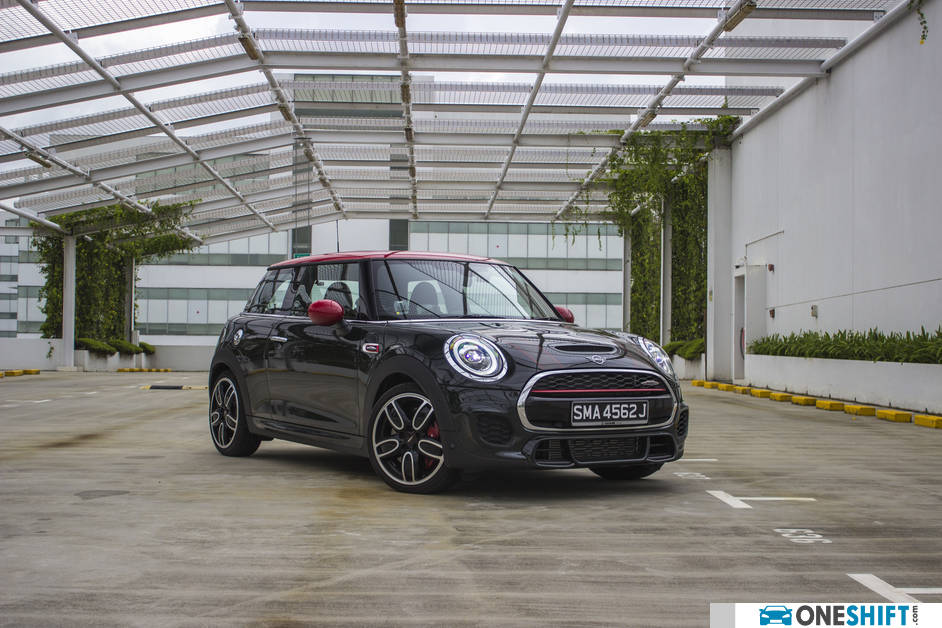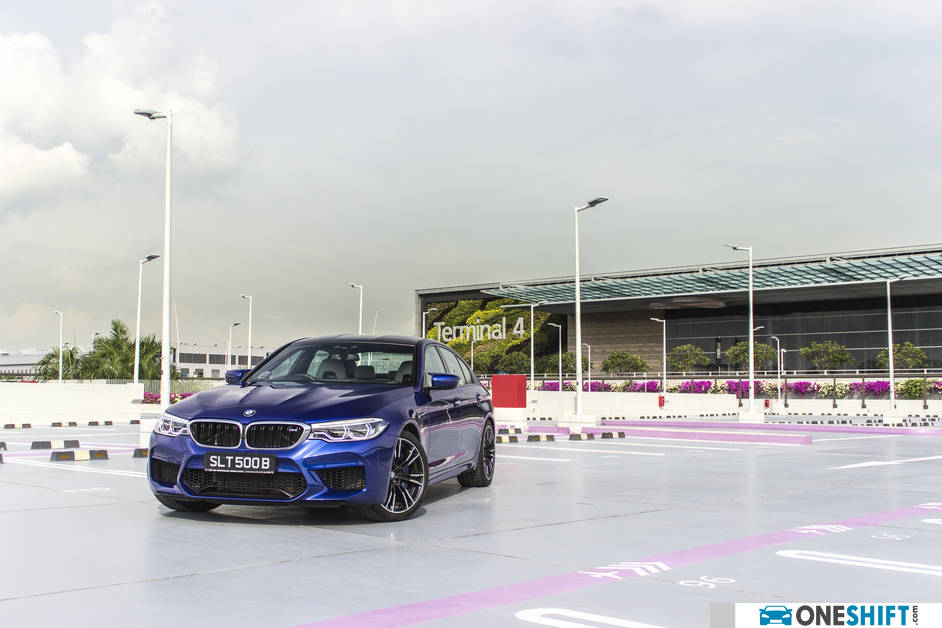Small Versus Big
Traditionally cars that fall under Category A for Certificate of Entitlement (COE) banding are known as small cars, and those that belong to Category B are known as big cars. The definition used to hold true because larger cars were inevitably powered by larger engines, until they weren’t.

Traditionally cars that fall under Category A for Certificate of Entitlement (COE) banding are known as small cars, and those that belong to Category B are known as big cars.
The definition used to hold true because larger cars were inevitably powered by larger engines, until they weren’t.
So today, big and small cars fall under mixed categories, in the Land Transport Authority’s (LTA) bid to even out the playing field at a time where forced inductions and rapid shrinking of engine capacities suddenly made European cars seem “more worth it”.
Anyhow because of this now mixed bag classification, one can buy a fairly large executive sedan from an Asian make or indeed their flagship SUV for the same price that one might expect to pay for a hot hatch from a European make.

And both can seat the same number of people (let’s say five, discounting the seven seater vehicles for the sake of this piece), run similar capacity engines and are indeed able to do what a family car should do.
So then, how does one decide which car to buy?
Practical advice from us at Oneshift – buy the one the wife approves of.
But when you’re hitting your forties and fifties and the crisis period comes, don’t tell your wife we said to hell with the practical and go with the emotional.
Well once you’ve considered the following of course.
The first thing to consider is this – a small car being physically smaller, will almost always offer you less space in the cabin. So too for the cargo area.
Now most people think of smaller cabins in terms of the rear legroom, because that’s often the most immediately noticeable difference between a big and small car in the showroom. However, what you tend not to notice is the reduction in shoulder space, which becomes more apparent once you’re on the move.
As the car is in motion and your body naturally moves with it, you’ll find that in smaller cars you’re sat much closer to the person beside you; sometimes you might even brush shoulders and arms if you both decide to use the centre armrest at the same time.
If you’re used to say a Toyota Camry, downsizing to that Volkswagen Golf might need a little getting used to.

Another thing about smaller cars is that they tend to be easier to bully on the road.
With a smaller presence occupying less space on the road, you might find that drivers of larger cars tend to choose to cut in front of you when changing lanes, rather than the Range Rover just ahead.

On the flip side, a smaller car tends to be more nimble, especially the sportier ones. Pick a Mini John Cooper Works or a Suzuki Swift Sport and you’ll find that these cars zip around gleefully and with ease.
Try to weave a Mercedes S400L around traffic and you might soon find yourself running out of road and stuck behind everyone else as you won’t find an opening in traffic nearly as easily.


Most of the time, larger cars are setup to be more comfortable as well. Compare the ride qualities of the BMW M5 with its smaller M3 sibling and you’ll understand immediately. A short test drive around the roads in Alexandra won’t let you feel the full extent of a car’s ride, so while you might think that a bumpier ride is acceptable during the test drive, it might just annoy you if you have to live with it everyday.
Parking is also going to be another noticeable difference, so too will the manoeuvrability of the vehicle around tight spaces like in carparks and small roads.
Ultimately all the small little things add up to the overall experience a car delivers. To the question of whether bigger is better, the answer all depends on your own preferences and needs.


So before you decide to make a drastic switch from a family SUV to that two-seater (or even a four-doored) coupe, try and see if you can borrow or rent one for a bit. It might just surprise you how much you don’t want a sports car after that.
Credits:

- Convenient and Hassle-Free
- Consumer Protection
Transparent Process
With No Obligation


Get the Best Price for your used car
from 500+ dealers in 24 hours








